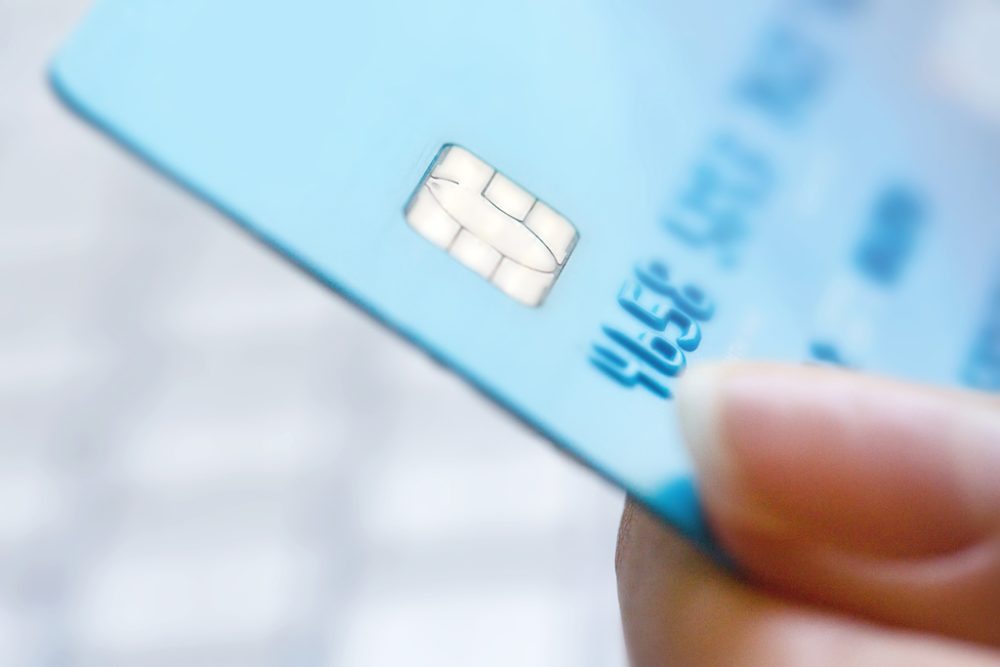
Payment providers are coming up with new ways to aid the pandemic-struck consumer.
By Marius Galdikas, CEO at ConnectPay
The current circumstances called for implementing novel solutions in the payments market to accommodate the newly-risen demand for cashless options, as well as the need for flexibility to combat pandemic-induced uncertainty. Marius Galdikas, CEO of ConnectPay, shared his insights on the up-and-coming trends in the industry as payment providers spruce up their efforts to offer better products.
Buy now, pay later
Delayed payments are a budget-friendly shopping option, which may expand as COVID-19 threatens income security, hence the appearance of buy now, pay later shopping services. Enabling consumers to pay in monthly installments eases uncertainty about a large one-off expense, decreasing perceived risk for the consumer.
The new service, known as PayPal in 3, allows the purchase of goods priced between GBP 42 and 2,000, in three equal, interest-free installments, which are automated during the purchase timeline. The PayPal offering arrives on the tails of Pay in 4, the equivalent service for the US market.
“Flexibility is key at the moment. Consumers are unsure about the future, which has resulted in stricter budgeting – the priority is covering day-to-day expenses, after all. Bi-monthly payments create less pressure, as smaller installments are more manageable to pay off, and it doesn’t come across a single huge hit to savings. I think we’ll see more business adopting such an approach, catering to the customer reassurance,” said Galdikas.
Payments via super apps
A super app is an umbrella app, which accommodates a multitude of services, ranging from food delivery to taxi services, and so on. The pandemic pushed these applications to expand their versatility even more, as they started to integrate various payment options, for example, carrying cashless point-of-purchase for multiple vendors.
Super apps like Alipay or Grab stemmed from simple beginnings but took off for their utility. As convenience remains paramount, the trend, which first sparked in China, is now expanding across the border, aiming to present streamlined payment options at the customers’ fingertips.
“This perfectly illustrates the current trend towards a one-click future, where any purchase, request, or transaction is a single-tap away,” noted Mr Galdikas. “With customers rooting for simplicity-backed efficiency, such applications are very likely to continue growing in popularity.”
“In addition, super apps could help define new layers of consumer behavior, expanding market reach for payment providers, and present new key insights to reflect upon,” he added.
QR Code Boom
Using a physical-space 2D code is quite easy and versatile, as it can facilitate donations, micropayments, or other point-of-purchase tools. That is why QR codes made forays as one of the most popular tools during the past few months of the pandemic, when consumers and businesses saw mobile wallets in a new light.
So far, the integration of physically printed codes and e-wallets has taken over the Southeast Asian markets. US-based providers, however, are yet to catch up with the trend. Yet the tech has been around for more than a decade, only waiting for the current use case of cashless purchases.
“A QR code is an easy addition to extend the use of electronic wallets into the physical space of shops or venues,” said M. Galdikas. “The main appeal is that there is less complexity in its integration, making it ideal for small-scale vendors to jump on the cashless payments trend and offer their clientele a safer option to settle their purchases.”
Mobile point-of-sale
As the popularity of cash wanes, substitutes are gaining traction, such as mobile point-of-sale, or mPOS. MPOS tools work in place of card payments, and harness the already well-accepted mobile wallets. A good example would be the prevalence of ApplePay, a common trend for Western consumers, who use the app to replace credit cards. The pandemic fueled their usage even more, as supermarket POS terminals already show a 59% increase in ApplePay usage since May 2020.
“Increased security and convenience add to the potential growth of Apple’s wallet or, as a matter of fact, any other mPOS usage,” explained Mr Galdikas. “Cashless payments are still playing a key role in limiting exposure to coronavirus threats. Thus using an mPOS equals spending less time at the store, which adds to its general appeal of usefulness.”
Biometrics-enhanced security
As electronic payments grow both in volume and complexity – fraud follows, therefore monitoring consumer identities, cross-border remittances, automation, as well as various point-of-purchase options becomes more of a challenge. This is where biometrics steps in as an additional layer of security for combating potential identity abuse scams. Utilizing unique consumer characteristics or real-time location data enables to verify a user’s digital identity, preventing scams or account takeovers.
“Biometrics has been recognized as a crucial part of security at all levels,” said M. Galdikas. “Reflecting on the SCA law, stating mandatory two-factor authentication for all online transactions and contactless payments within the EU, biometrics is outlined as one of the key safeguards for authorization. With the common threats becoming more technologically sophisticated, reliance on biometrics will only continue to increase, as it is harder to fake.”
HedgeThink.com is the fund industry’s leading news, research and analysis source for individual and institutional accredited investors and professionals



































